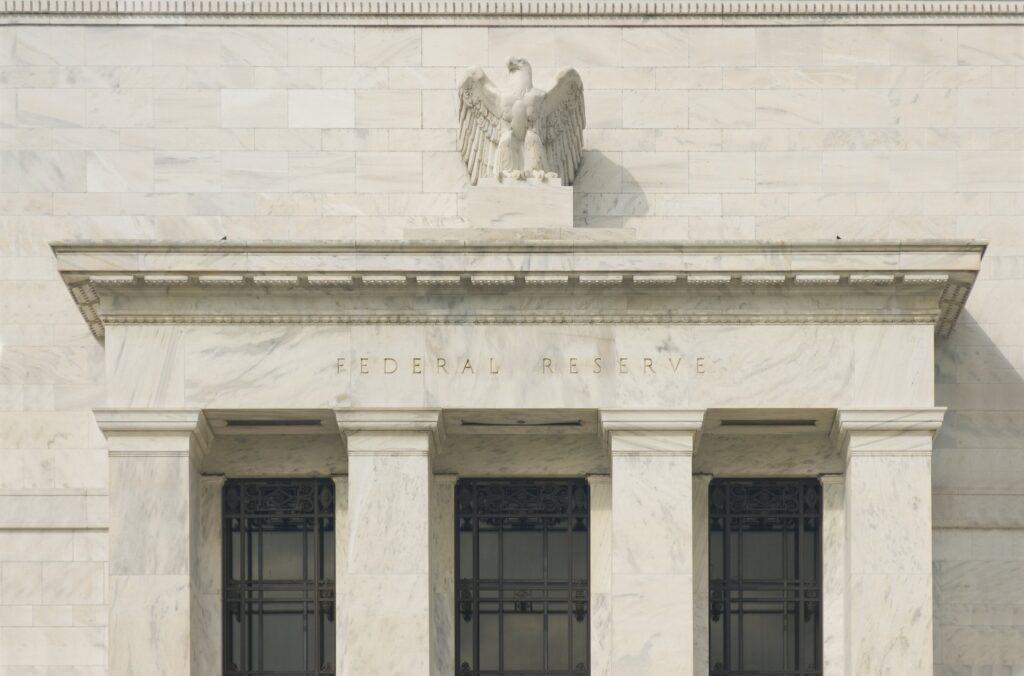
The Federal Reserve met at the end of January and issued an altered version of their statement from December, in which they said they are committed to using their full range of tools to support the U.S. economy. Chairman Jerome Powell also made statements regarding inflation and interest rates.
In its latest meeting, the Federal Reserve decided to keep interest rates at near zero for the foreseeable future. These low interest rates set by the Federal Reserve are for the overnight borrowing rate between the banks that then filters down into the economy.
The Federal Reserve is also trying to encourage a little bit of inflation. Jerome Powell in a recent statement said that he isn’t worried about the potential for ‘transient’ inflation in the coming months. Powell says they would allow inflation to rise above 2% for some time. So, he believes there is potential for temporary inflation, but it is not likely to last very long.
Low Interest Rates
Low interest rates are good for businesses that are wanting to expand business. Low interest rates are great for the housing marketing, especially individuals wanting to purchase or build a house. However, when you’re retired, low interest rates can make it difficult for retirees to live off of their savings. It is hard to earn money on stable or protected investment options like CDs and individual bonds (corporate or government).
Inflation
On the flip side, if the Federal Reserve is trying to spur a little bit of inflation, retirees are getting squeezed. Inflation can eat away at savings and retirement income, especially in a low interest rate environment. This has happened before. In the 1950s following World War II, the U.S. had a large amount of debt as compared to the size of our economy/Gross Domestic Product (GDP). Our federal debt ratio is actually higher now than in the 1950s. The Federal Reserve wanted to create a little bit of inflation through the 50s and 60s while keeping interest rates low. Eventually, the pressure was too great, and we saw the hyper-inflation of the 70s.
A situation like our current economic outlook is one of the two biggest risks to retirees. The first is retiring and having a choppy stock market in the first five to ten years of retirement – retiring into the teeth of a bear market. The second is retiring into a very, very low interest rate environment. The traditional mix of U.S. bond investments is just not going to be as attractive in the long-haul. Yet the piece bonds have held in a portfolio has not only been for stability of interest and income, but to balance stock market risk.
In a very low interest rate and potentially higher inflation environment, retirees need a different plan for diversification and income. The traditional approach of 60/40 or 70/30 stocks and bonds will probably not be very effective.
Making money last through retirement can be difficult for today’s retirees who face these challenges, and also tend to live longer than previous generations and want to spend money to enjoy themselves in retirement. We’re here to help you find the investment and income plan that works for you, your lifestyle, and the goals you have for your family. Whether you’re looking to maintain your current lifestyle in retirement, retire early, or achieve another retirement goal, we can help you create a plan.
